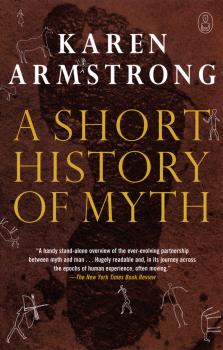ТОП просматриваемых книг сайта:
Старинная литература: прочее
Различные книги в жанре Старинная литература: прочее, доступные для чтения и скачиванияАннотация
Аннотация
Аннотация
Of ye Olde Englisch Langage and Textes: New Perspectives on Old and Middle English Language and Literature - Отсутствует
Studies in English Medieval Language and LiteratureАннотация
Аннотация
Информация о книге
Автор произведения Karen Armstrong
Жанр Старинная литература: прочее
Серия The Myths
Аннотация
Информация о книге
Автор произведения Krishna mishra
Жанр Старинная литература: прочее
Серия Clay Sanskrit Library
Аннотация
Информация о книге
Автор произведения Govardhana
Жанр Старинная литература: прочее
Серия Clay Sanskrit Library
Аннотация
Информация о книге
Автор произведения Jayadeva
Жанр Старинная литература: прочее
Серия Clay Sanskrit Library










